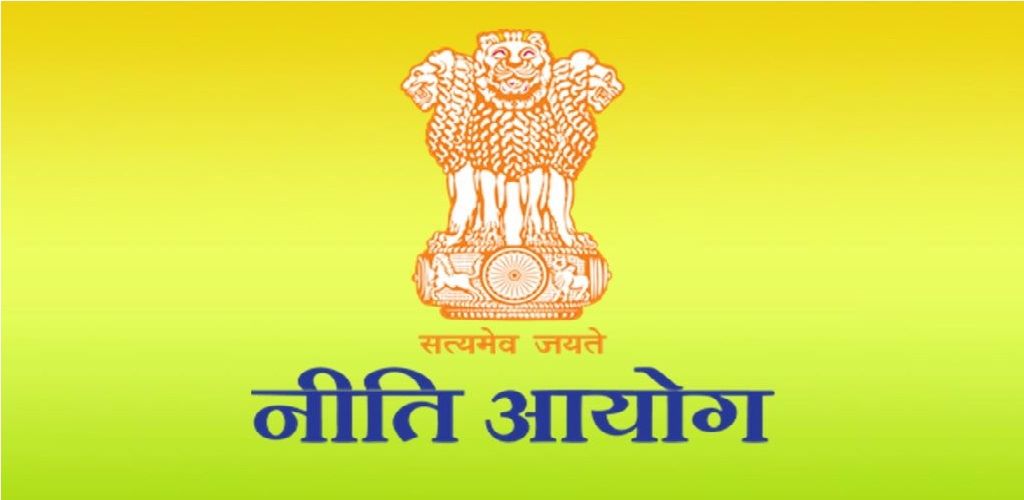A group mediclaim policy is a type of health insurance that provides significant coverage to employees or members of an organization, safeguarding them against unforeseen medical expenses caused by illness, injury, or hospitalization. However, it is crucial to have a thorough understanding of the claim process to ensure that reimbursement or cashless treatment is hassle-free. In this article, we will guide you through the detailed and step-by-step process of filing a claim under a group mediclaim policy in India, which includes comprehensive coverage of both the cashless and reimbursement claim procedures.
Cashless Claim Process
1. Hospitalization:
When you plan to go to the hospital, let your insurer know at least 72 hours in advance. If it’s an emergency, tell your insurer within 24 hours of going to the hospital.
2. Network Hospital:
To get cashless medical treatment, you can visit any hospital that is part of your insurance provider’s network. You can find the list of network hospitals on the insurance company’s website or by contacting their customer service.
3. Pre-Authorization:
To request cashless payment for medical expenses, fill out the form with your health card and relevant medical documents. Submit these to the hospital’s insurance desk. The hospital will then ask the insurer for approval by sending a pre-authorization request.
4. Approval:
When seeking medical treatment, it’s important to ensure that your insurance coverage will support the costs. To determine eligibility for coverage, your insurer will review the treatment details and medical records. Once approved, the insurer will provide a pre-authorization letter to the hospital, which confirms that the treatment will be cashless and covered by your insurance. This letter will help ensure a smooth and hassle-free experience during your treatment.
5. Treatment:
If you use a cashless facility, the hospital will handle your medical bills with the insurer directly. This means you won’t need to pay for medical expenses out of pocket, except for non-medical expenses and deductibles if there are any.
Reimbursement Claim Process
1. Hospitalization:
You are free to receive medical treatment at any hospital, whether it is part of a network or not. Make sure to keep all original medical bills, prescriptions, discharge summaries, and diagnostic reports for your records.
2. Payment:
To avoid any complications, it’s best to pay the hospital bills in advance and hold onto all original payment receipts, invoices, and medical documents. Make sure to keep copies of all documents for your records.
3. Claim Intimation:
If you or someone you know has to go to the hospital for any reason, it’s important to let your insurance company know as soon as possible. You usually need to do this within 24 hours for emergencies and 48 hours for planned hospital visits. This is important because it helps ensure that your insurance will cover the costs of your treatment.
4. Claim Submission:
To claim reimbursement from your insurance provider, you can fill out the claim form available on their website or through customer service. Remember to attach all original medical documents, bills, and prescriptions along with the claim form.
5. Claim Processing:
The claim form along with the necessary supporting documents should be submitted to the insurer’s claim department either by visiting them physically or through an email. After receiving the documents, the insurer will verify them thoroughly, and then assess the claim for its eligibility.
6. Settlement:
After approval, eligible medical expenses will be directly reimbursed to your bank account or via cheque by the insurer.
Documents Required
- Health Card or Policy Document: If you are a part of a group mediclaim policy, it’s important to keep your Health Card or Policy Document handy. It serves as evidence of your coverage under the policy and can be extremely helpful in case of any medical emergencies. So, it’s best to keep it safe and easily accessible.
- Pre-Authorization Form (for Cashless Claims): If you plan to seek cashless treatment at a network hospital, it is important to know that you will need to fill out a Pre-Authorization Form.
- Original Medical Bills: Including hospitalization, consultation, diagnostic tests, and pharmacy bills.
- Prescriptions: Documenting prescribed medications and treatments.
- Discharge Summary: Outline the details of the treatment received and the patient’s condition upon discharge.
- Diagnostic Reports: Such as X-rays, MRI scans, blood tests, etc.
- Payment Receipts and Invoices (for Reimbursement Claims): Providing evidence of the medical expenses incurred.
- Any Other Documents as Specified by the Insurer: Some insurers may require additional documents or information depending on the type of claim. These documents or information are specified by the insurer.
Things Not Covered in Group Medical Insurance Policy
- Pre-Existing Diseases: It’s important to keep in mind that some policies may not cover expenses related to pre-existing conditions, unless otherwise specified. So, before you make any healthcare decisions, make sure you check the policy details carefully to ensure you’re fully covered.
- Cosmetic or Elective Procedures: Medical treatments or procedures that are carried out exclusively for improving one’s physical appearance or for non-medical reasons are known as cosmetic or elective procedures. These treatments are not medically necessary, but are performed at the request of the patient to enhance their appearance or self-esteem. Examples of cosmetic treatments include breast augmentation, rhinoplasty, liposuction, and botox injections. It is important to note that while these procedures can have positive effects on a person’s confidence and self-image, they also come with risks and should only be performed by licensed and experienced medical professionals.
- Non-Allopathic Treatments: Expenses incurred for alternative or non-traditional forms of medical treatment are not covered.
- Expenses During the Waiting Period: During the waiting period specified in the policy, you may not have coverage for certain illnesses or treatments.
- High-Risk Activities or Adventurous Sports: High-risk or adventurous activities may result in injuries that are not covered.
Additional Tips
- Understand Policy Terms and Exclusions: Make sure you read and understand the terms and conditions of your group medical insurance policy, including what it covers and doesn’t cover. Knowing the limits and exclusions will help you make informed decisions about your healthcare.
- Keep Your Health Card Handy: Always carry your health card or policy document with you for easy reference and verification at the time of hospitalization.
- Update Insurer About Changes: Inform your insurer promptly about any changes in personal information, contact details, or other relevant information.
- Schedule Regular Health Check-Ups: Take advantage of preventive health check-ups covered by your policy to maintain good health and detect any potential health issues early.
- Seek Clarification When Needed: If you have any doubts or questions regarding your policy coverage or claim process, don’t hesitate to reach out to your insurer’s customer service team for clarification and assistance.
Conclusion
If you have a group mediclaim policy, filing a claim can be a simple process if you have a clear understanding of the necessary steps and follow the guidelines provided by your insurance provider. To ensure a claim experience that is free of hassle, you must adhere to the insurer’s procedures, provide timely intimation, and maintain accurate documentation. Whether you are opting for cashless treatment at a network hospital or seeking reimbursement for medical expenses incurred at a non-network hospital, being informed and proactive can help you maximize the benefits of your group mediclaim policy and ensure financial protection during times of medical need.








